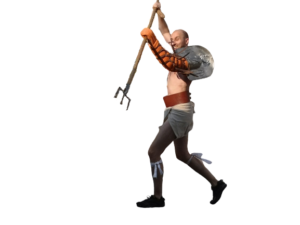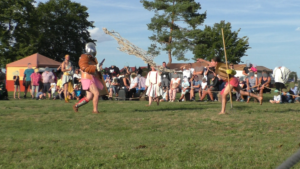The Protoretiarius, which is depicted on a chalice from the Chrysipp workshop, wears only a net and trident. From the further development to the Retiarius known today, the gladiator is faced with the problem that he has to hold two weapons in one hand in the first part of the fight (see fig. 1 and 2). From our overview of the development of the Retiarius (page 23f) we know our view that the Retiarius was armed with a gladius.
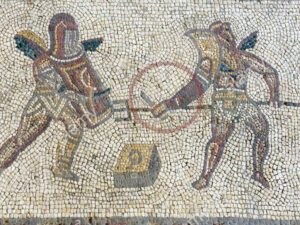
fig. 1 mosaic Villa Bignor, England
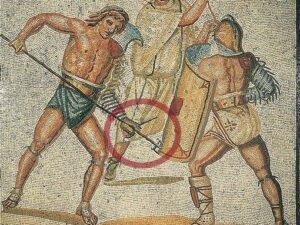
fig. 2 mosaic Villa Nenning, Germany
Since a secure grip is essential in gladiatorship, the retiarius must have had a way to wield these two weapons in one hand. One possibility would be the flattest possible Gladius silhouette
If you now look at the grip types of the different gladii or spaths, you will see that there were quite flat parries and knobs (see fig. 3-5). Therefore the use of such a grip would be an explanation for the weaponlossless fighting of a retiarius.
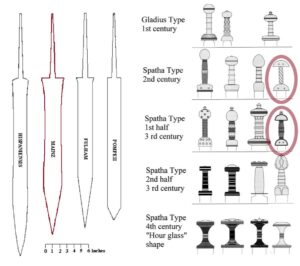
Fig. 3 Blade shapes and grip types
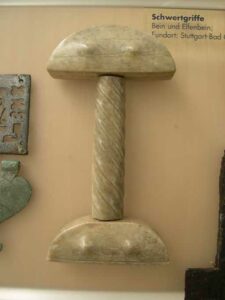
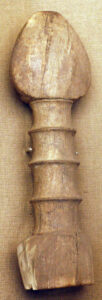
fig. 4 bladehandle from museum Aalen fig. 5 bladehandle from museum London
Based on the proportions in the Borghese-Mosaic (Fig. 6) and Junkelmann p.92f we have worked out the following gladius data:
1. blade length 33cm
2. handle length 16cm
3. gladius type Mainz shortened (cf. markings Fig. 3)
4. handle 2-3 yrs. with flat parry and pommel (see markings fig. 3 and fig. 4)
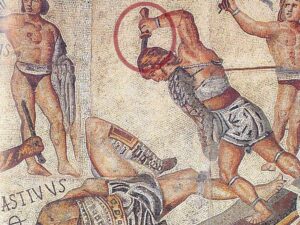
fig. 6 mosaic Villa Borghese, Italy
As so often, the busy bees of Fabri Armorum helped us incredibly quickly and precisely
Here are the results:
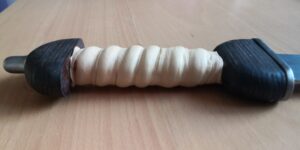
fig. 7 Handle from side
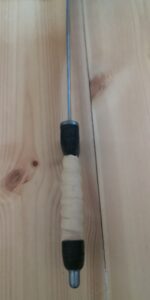
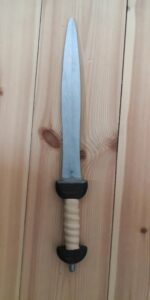
fig. 8 blade from side fig. 9 Gladius of the retiarius
fig. 10 Retiarius with trident and gladius
fig. 11 retiarius with gladius while throwing net
Greeting from your Gladiatores berolinenses
